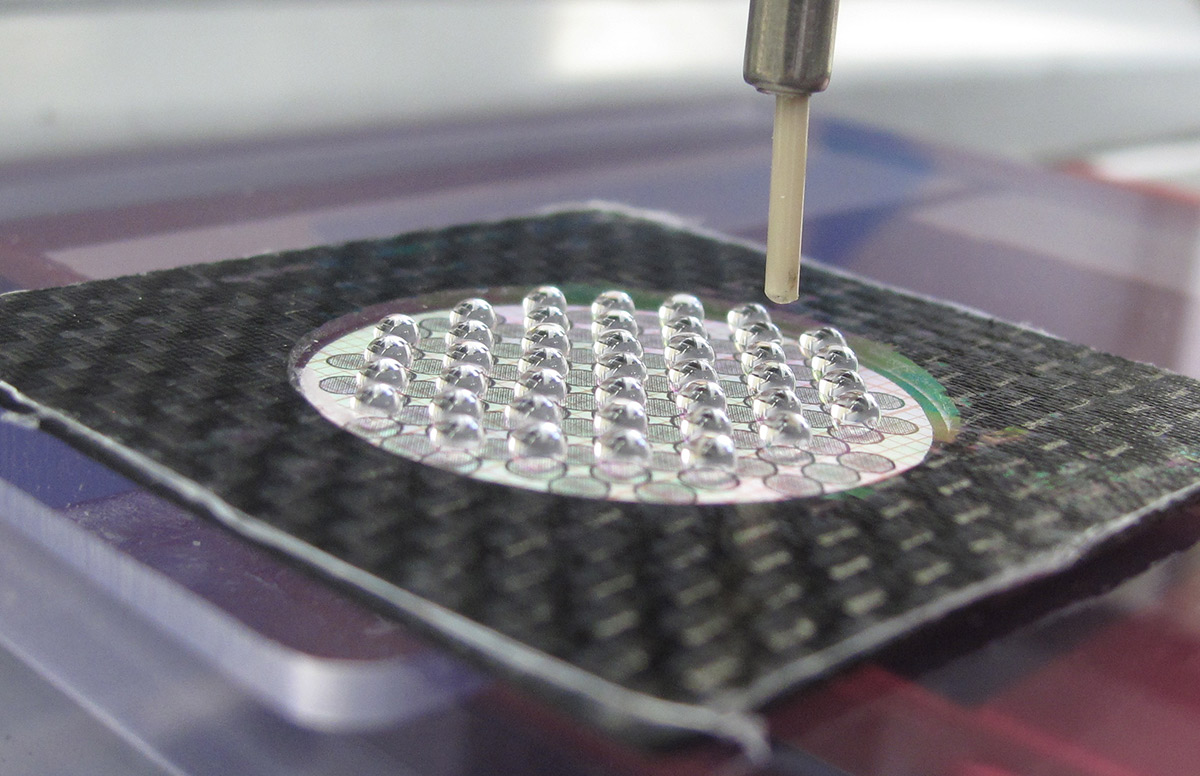Radionuclides – From the Big Bang to Application in Patients

About 93% of roughly 4000 known isotopes are radioactive and to a large extent of artificial origin. Only 10% occur naturally on earth. Today, a large number of these radionuclides are used in research and medicine.

Radioactivity surrounds people in various forms and manifestations. Starting from cosmic radiation via naturally occurring radioisotopes to artificial radioactivity, it is our daily companion. In many respects, radioactivity plays a key role, for example in relation to the formation of the planetary system, the origin and development of life on earth and, for about 100 years, also in terms of its active use in research, industry and medicine. Nevertheless, even today the influence of natural radioactivity outweighs the influence of artificially produced radioactivity.
The exploration and use of naturally or artificially produced radionuclides let us follow in the footsteps of the early chemists, open up new insights into the universe, offer perspectives for energy production or allow to diagnose and treat cancer patients. The Laboratory for Radiochemistry and the Center for Radiopharmaceutical Sciences at the Paul Scherrer Institute and ETH Zurich are both focusing their research on these versatile applications. Together they form the most important competence center for radiochemistry in Switzerland.
At the Scientifica 2021, we offer an insight into the diverse research field of radiochemistry and its applications. Large interactive exhibits will not only illustrate the natural occurrence of cosmic radiation and the radioactivity surrounding us, but also the use of radioactivity on humans.
